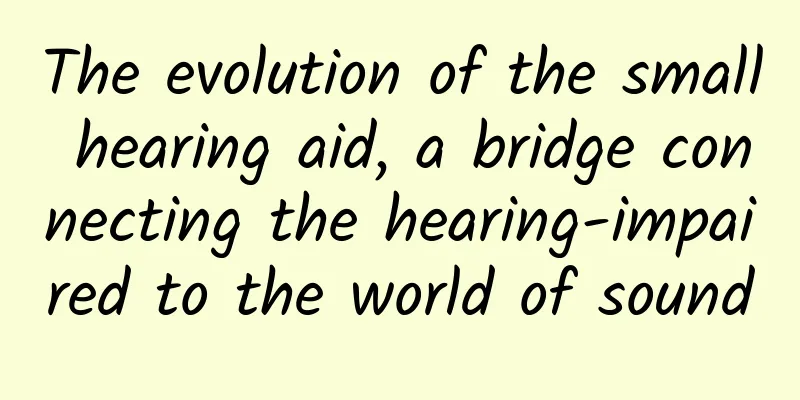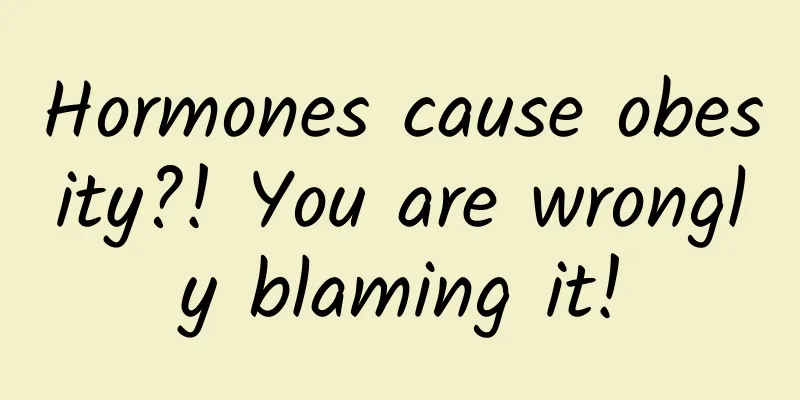The evolution of the small hearing aid, a bridge connecting the hearing-impaired to the world of sound

|
"If I wear hearing aids, people will think I'm deaf!" When many older friends hear that they need to wear hearing aids, their first reaction is often to worry about the prejudice of outsiders. This is actually not surprising. Compared with glasses, hearing aids are far less popular. After all, few people have prejudices against myopia. However, this situation has gradually changed in recent years. More and more hearing-impaired people have realized that hearing aids are their bridge to the world of sound and an indispensable part of life. Doctor showing hearing aid (copyright image from the gallery, reprinting may cause copyright disputes) 1. Historical Echoes and Technological Advances Throughout human history, people have never stopped their pursuit of improving hearing. As early as in ancient times, people have begun to explore various methods to enhance sound reception. The initial attempts were simple and intuitive, such as bending the palm and placing it behind the ear to collect sound using the shape of the palm. Although this method is primitive, it conforms to the principle of sound collection in physics to a certain extent. Later, people began to make various shapes of speakers, horns and other instruments, which focused and directed the sound into the ear through the sound collection function. Although these early hearing aids are far from modern hearing aids in technology, their basic logic and purpose are the same - to help people better listen to the world. Many devices are still in use today, such as the wooden trumpet-shaped fetal heart stethoscope used by obstetricians, which is simple and easy to use and has been passed down to this day. At the end of the 19th century, with the invention of the telephone, the birth of the electric hearing aid marked a major leap in hearing aid technology. This hearing aid used a carbon microphone, battery, and earphones. Although it was bulky and inconvenient to carry, it was a revolutionary invention at the time. In the mid-to-late 20th century, the rise of semiconductor technology greatly reduced the size of hearing aids while improving the quality and reliability of sound. Similar to the development of hearing aids, the history of glasses has also evolved from simple visual aids to today's high-tech products. Early glasses were just two glass lenses, while modern glasses may contain UV protection coatings, blue light protection technology, and even some smart glasses can navigate, remind, and translate in real time, as if they can do everything. The development of both reflects mankind's unremitting pursuit of improving the quality of life. 2. Prejudices that make people hesitate are disappearing The first concern is that hearing aids are uncomfortable to wear. In the past, we often saw some old-fashioned hearing aids. The wearer usually held a small box with a single-wire earphone. The user usually did not wear it, but took it out when needed and put the earphone in one ear canal. This early hearing aid device was relatively simple and had a simple function. It only amplified the sound in the same proportion and then transmitted it to the human ear. Many friends experience tinnitus, noise, headaches and other discomforts when using this kind of hearing aid, so they generally do not wear it for a long time. Usually, we humans can hear sounds with frequencies ranging from 20 Hz to 20,000 Hz. For hearing-impaired patients, the frequency range and degree of hearing loss are different for different people. Suppose someone has low-frequency hearing loss, in simple terms, he has a poor perception of bass, but his hearing is still sharp for treble. If he uses the above-mentioned hearing aid to amplify the full-band sound, the bass will be just right, but the treble will be extremely noisy. Therefore, the evaluation that hearing aids are uncomfortable to wear comes from this. Since the 21st century, hearing aids have entered a new digital age. Today's hearing aids, through digital technology, not only improve the clarity of sound, but also can achieve personalized and refined hearing compensation through computer programming. For the patient just now, the amplification effect of the hearing aid can be adjusted at different frequencies according to his specific hearing loss. Because his low-frequency hearing is impaired, the hearing aid amplifies the low-frequency sound and does not amplify the high-frequency sound. To him, this effect is just right, and he will not feel uncomfortable because the sound of a certain frequency is too loud. Moreover, today's hearing aids can also be adjusted intelligently in various sound environments, reduce noise interference, and provide a more natural and comfortable listening experience. The second concern is the fear of other people’s strange looks. Of course, the public's understanding of hearing aids has kept pace with the times, and few people criticize others for wearing hearing aids. Wearing hearing aids is like wearing glasses, and it has been recognized by more and more people. However, smaller designs and hidden styles are still the direction of hearing aid appearance design. This small and exquisite design is not only a display of technology, but also a pursuit of art. Twenty years ago, the hearing aids that were popular were mostly behind-the-ear type. The main unit of this hearing aid is hung on the back of the ear, and the earphones are inserted deep into the ear canal. Over the years, hearing aids have become smaller and smaller. Now, the hearing aids that are popular are mostly completely in-ear type. Compared with the former, the size is several times smaller and can be completely inserted into the ear canal, disappearing without a trace. Wearing this hidden hearing aid, the user has no psychological pressure of attracting attention. From conspicuous behind-the-ear models to almost invisible full-in-the-canal models, hearing aids not only meet the needs of their functions, but also take into account aesthetics and concealment. The appearance design of modern hearing aids not only demonstrates the power of technology, but also reflects the humanistic care for users. It can be seen that hearing aids have been completely transformed, and there is no need to have unnecessary prejudices. It is recommended that friends with hearing loss go to the otolaryngology department for professional hearing testing and hearing aid fitting in time. The world is colorful, and hearing aids have become our messengers to listen to the outside world. |
>>: If the screening shows a high risk for Down syndrome, will the baby be born with problems?
Recommend
High-quality case studies on information flow delivery in the automotive industry
It’s the end of the year and it’s the crazy car b...
Wedding photography, second-tier e-commerce and other industries information flow delivery cases and data references
Today we are going to talk about the delivery of ...
How to operate Zhongshan WeChat e-commerce mini program? How to operate a mini program well?
After the mini program won the recognition of var...
Have you ever had a dream within a dream? What exactly is a dream within a dream?
Image source: Tuchong Creative Have you ever had ...
Case analysis of information flow promotion in the automotive industry
As an information flow person in the automotive i...
How to arouse users’ interest in 15 seconds?
Suppose your company is holding a food tasting ev...
How to prevent your mobile phone card from being stolen?
I heard that the scammer has come up with a new t...
What are the advantages for enterprises to carry out SEM marketing?
If companies want to get more and more accurate c...
'The Devil's Apple': How did potatoes end up on our tables?
In 1834, the British Royal Warship HMS Beagle was...
How to plan a marketing campaign that reaches 1 million people
When I first learned about the event, I actually ...
How much does it cost to customize a large turntable mini program in Jinzhou?
There are two types of customization of Jinzhou B...
Chinese mobile phone manufacturers should stop focusing on chips
Recently, the news that Chinese mobile phone manu...
Lexus is going to play a trick and use the crossover SUV as the flagship
When it comes to the word flagship, the models th...
How do Internet finance platforms retain users?
Although new media operations cannot effectively ...
Why can rabbits reproduce so quickly? Uncover the amazing survival mechanism behind it!
How amazing is the reproduction speed of rabbits?...









